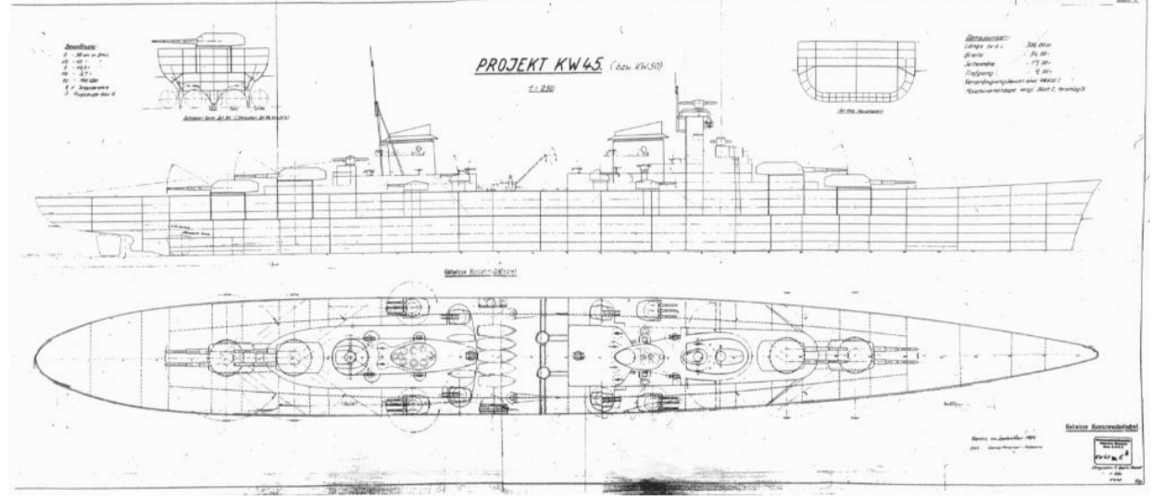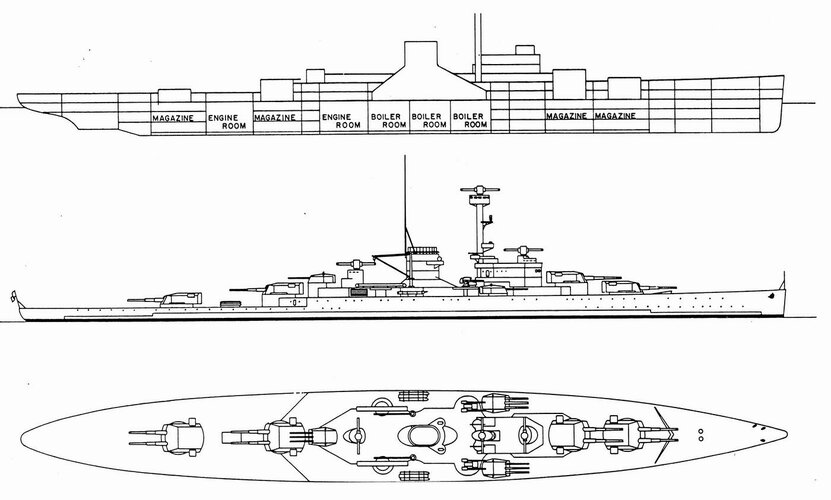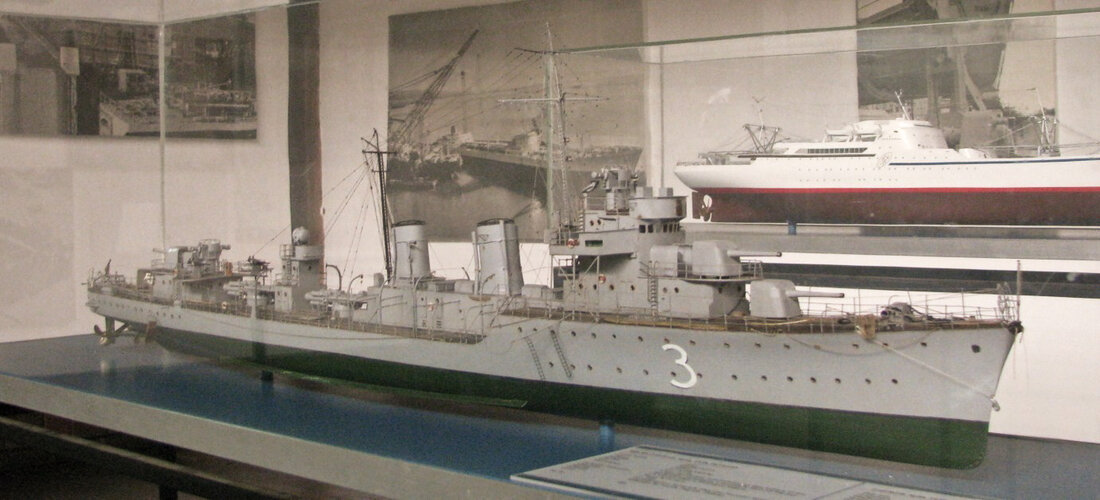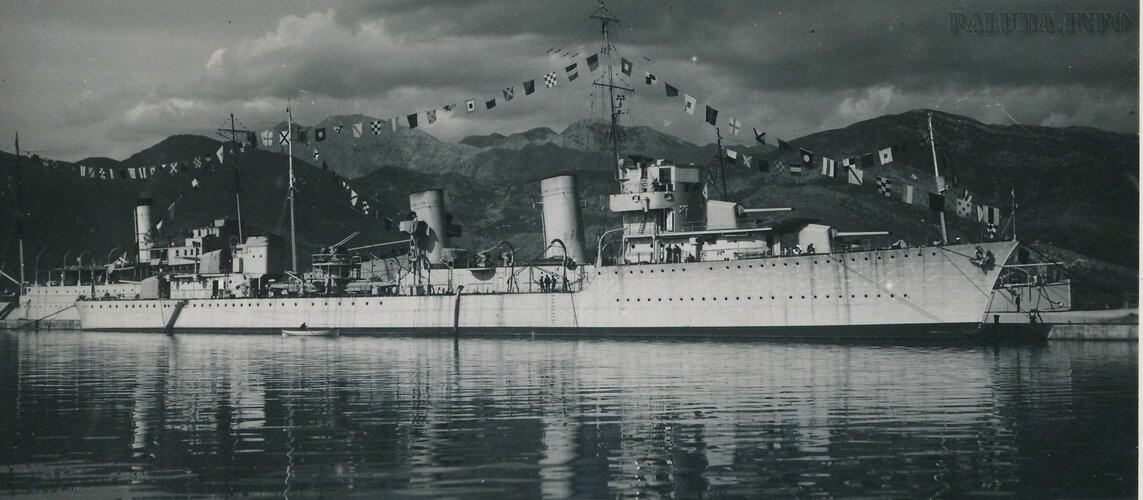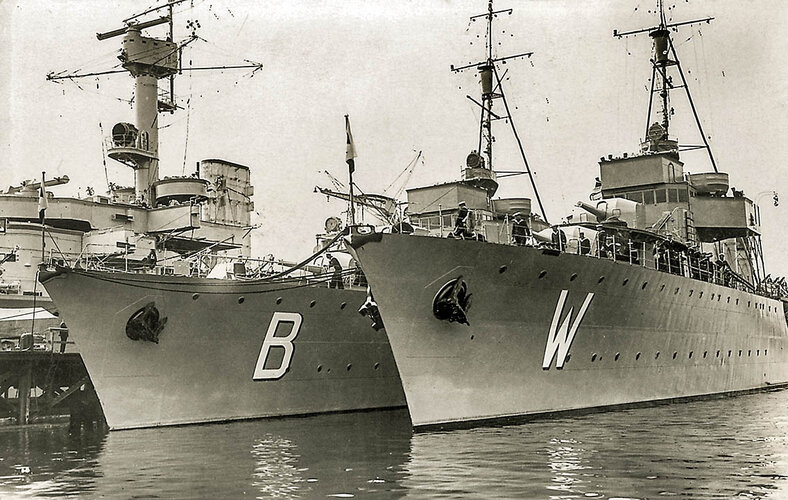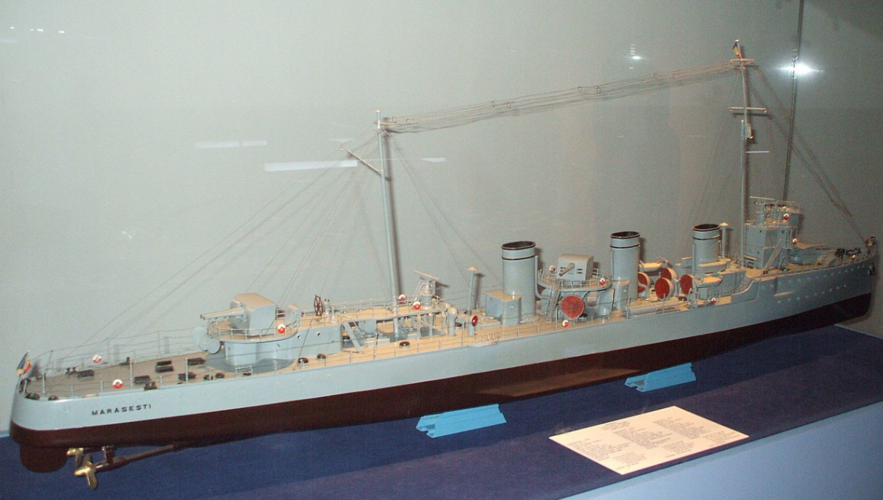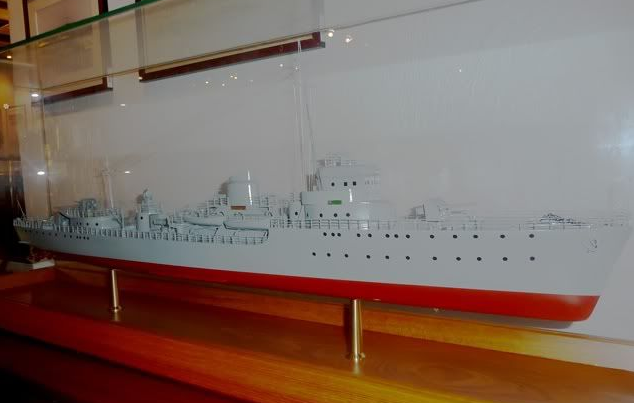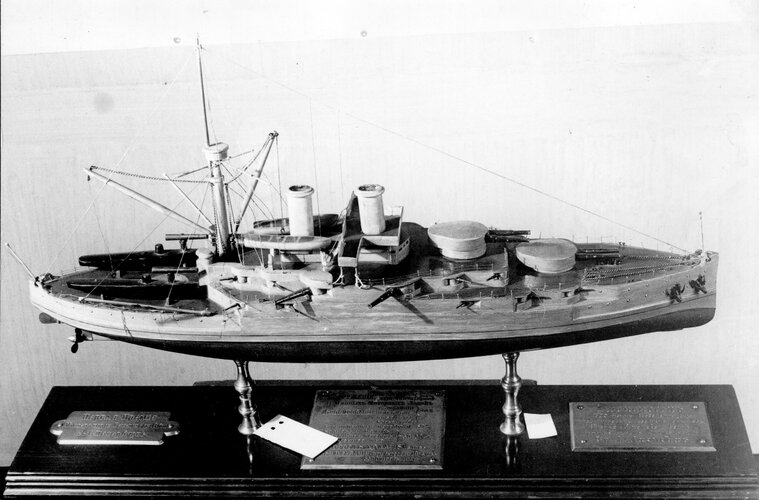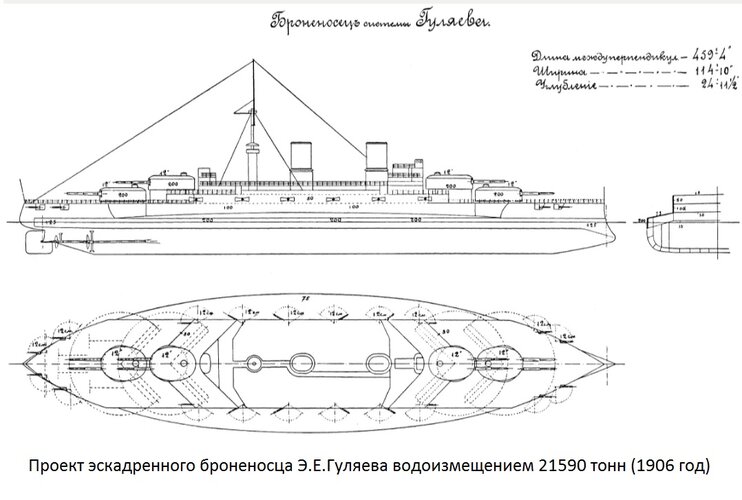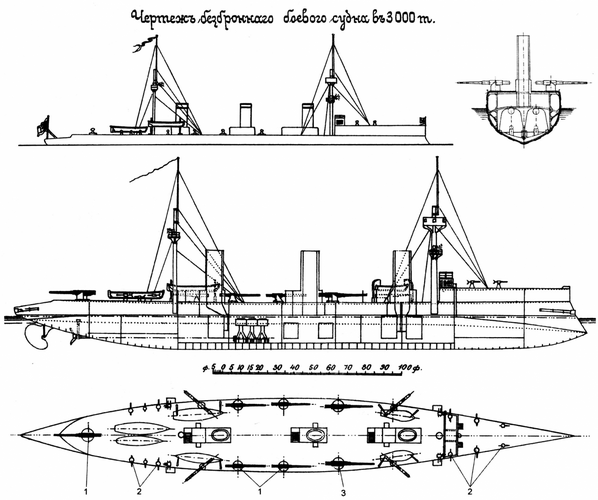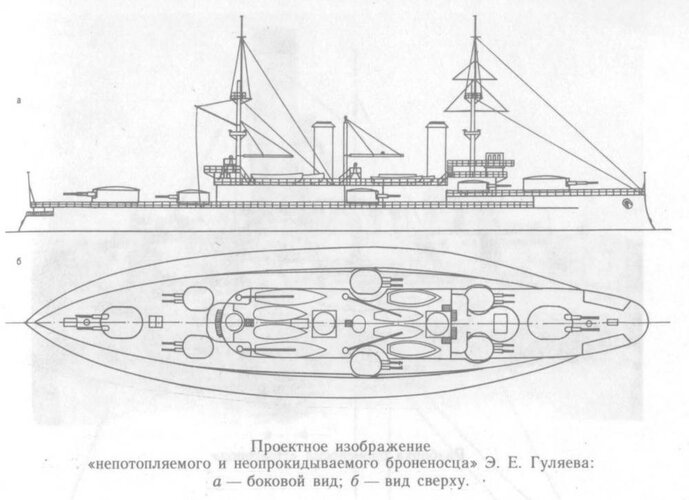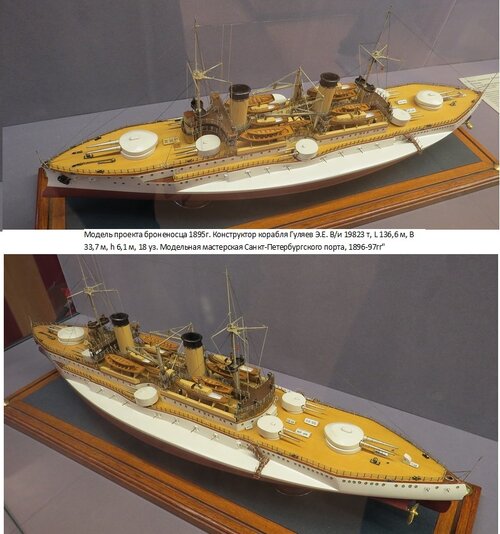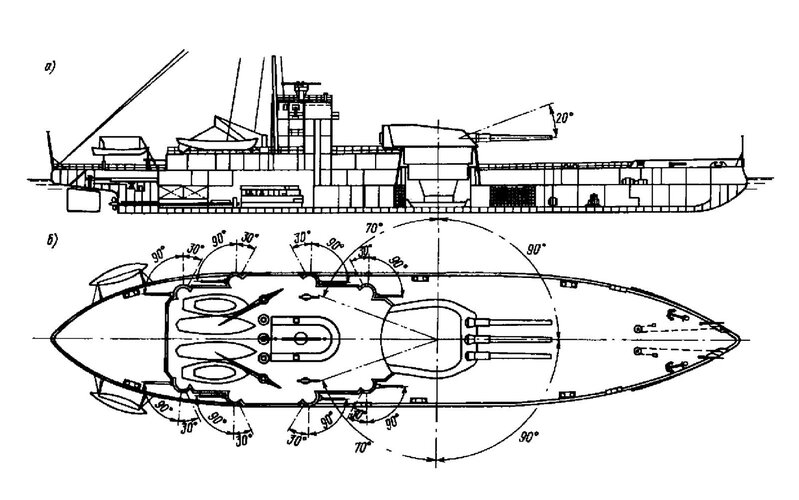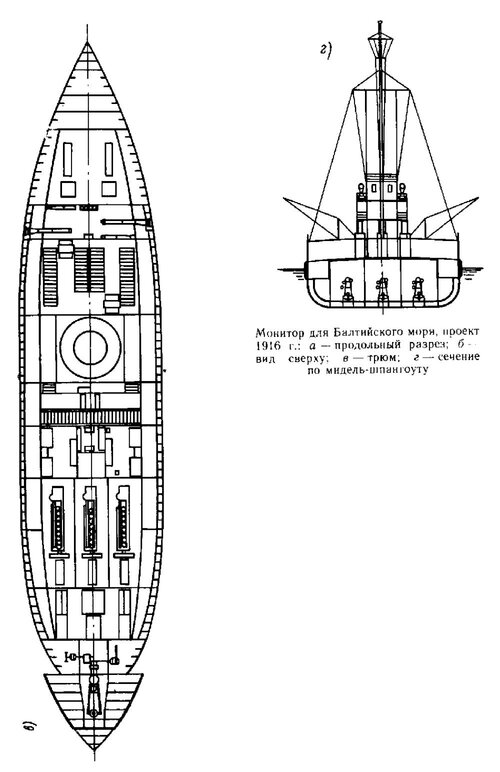Various projects and proposals from "Stalin's Superbattleships", A. Morin, A. Vasiliev
TsKBS-1:
Big cruiser "Project X" - 1934, to 16 500 ton, 240 mm main guns, 12 hydroplanes and 2 mini-submarines
Big cruisers - 1935, 15 500 and 19 500 ton, 12 x 240 mm and 9 x 250 mm guns
"Armoured ships" - 1935, 23 600 and 30 000 ton, 8 x 305 mm and 12 x 305 mm guns, 30 knots
Battleships - 1935, two variants with 400 mm guns and four variants with 450 mm guns, 380 mm belt, from 50 to 150 mm belts, 140 000 hp engines, 5000 miles range, 12 x 100 mm and 16 x 45 mm guns, smallest project - 43 000 ton, 2 x 4 x 400 mm guns, 38.5 knots, biggest project - 4 x 4 x 450 mm guns
Hybrid cruisers-carriers - from 21 500 to 28 500 ton, 305 mm guns and 50-60 planes
NIVK:
Pacific ocean battleship - three variants of fast ships with 9 - 12 x 406 - 460 mm guns, 57 000 - 68 000 ton, 31 - 33 knots, 130-152 mm secondary guns, 406 mm shells proof armour
Ship development tasks, February 1936:
Battleships with 32 x 130 mm unversal guns, 37 mm AA guns, 12,7 mm machine guns, two catapult and 4-6 hydroplanes, no less 36 knots, range on maximum speed 1500 miles, on cruiser speed 5000 miles:
Baltic fleet battleship - 35 000 ton, 9 x 406 mm guns, 350 mm belt
Pacific fleet battleship - 55 000 ton, 9 x 457 mm guns, 450 mm belt
Heavy cruiser - 18 000 - 19 000 ton, 254 mm main guns, 130 mm universal guns
Ship development tasks, may 1936:
Pacific fleet battleship - 55 000 ton, 30 knots, 420 mm belt, 152 mm secondary guns, 100 mm AA guns
Superbattleship - 80 000 ton, 2 x 3 x 530 mm or 3 x 3 x 500 mm guns, 500 mm belt, 24-28 knots
Baltic fleet battleship - 35 000 ton, 9 x 360 mm guns, 12 - 16 x 130 mm universal guns, 360-380 mm belt, 30-32 knots
Heavy cruisers - four variants, 18 000 - 22 000 ton, 254, 280 or 305 mm guns, 35 knots
Heavy cruiser, TsKBS-1, April 1936 - 29 000 ton, 9 x 305 mm, 12 x 152 mm, 16 x 100 mm, 32 x 37 mm guns, 250 mm belt, 30-125 mm decks, 200 000 hp, 33 knots, range on cruiser speed 7000 miles
Heavy cruiser, KB-4 - 26 000 ton, 9 x 305 mm, 16 x 130 mm, 12 x 37 mm guns, 250 mm belt, 30-125 mm decks, 240 000 hp.
Head of the naval forces of the Red Army V. Orlov, 1936, about "Battleship B" projection task ("Battleship A" was a early Project 23, "Battleship B" actually is heavy cruiser, early Project 69) - 26 000 ton, 3 x 3 x 305 mm, 6 x 2 x 130 mm, 4 x 2 x 100 mm, 6 x 4 x 37 mm, two catapults and four hydroplanes, 200 mm main belt, 140 mm top belt, 150 mm decks (180 mm above ammunition cellars), 35 knots.
Actually proposal of "Battleship B", appropriate to the tasks - no less 30 900 ton.
New tasks, November 26, 1936 - to 30 900 ton, 36 knots, decreased armour
Recommended variant - 32 870 ton, 230 mm belt, 125 mm deck, 300 000 hp, 35,5 knots
Tech project 25 - 35 950 ton, 268 000 hp, 33,5 knots, or 300 000 hp and 35 knots with boost
Jule 3, 1937, tasks - 36 800 ton, 35 knots
Such a ship was considered too large to fight enemy cruisers and too weak to fight enemy battleships.
A. Zukschwerdt, head observer, June 21, 1937 - "Battleship A" with 9 x 406 mm, "Battleship B" to fight enemy battleships with 9 x 356 mm and 30-32 knots, and heavy cruiser to fight enemy cruisers, with 12 x 254 - 280 mm guns, 34-35 knots, and 26 000 - 30 000 ton.
Project 64 task - to fight enemy 406 mm battleships - 3 x 3 x 356 mm, 6 x 2 x 152 mm, 4 x 2 x 100 mm, 8 x 4 x 37 mm, 406 mm shells and 500 kg bombs proof armour, 28-29 knots
Project 64 - to 53 000 ton, 385 mm belt, 40 + 20 + 150 mm decks, 29 knots, 201 000 hp, 8000 miles range
Project 64 was very close to a normal battleship, and there was no point in its construction.
